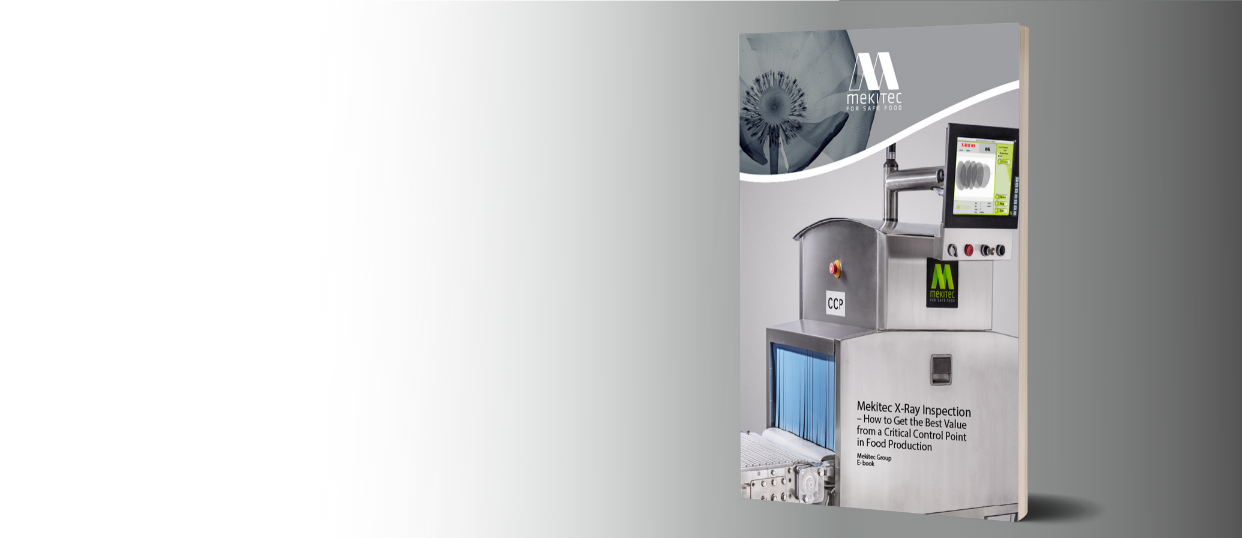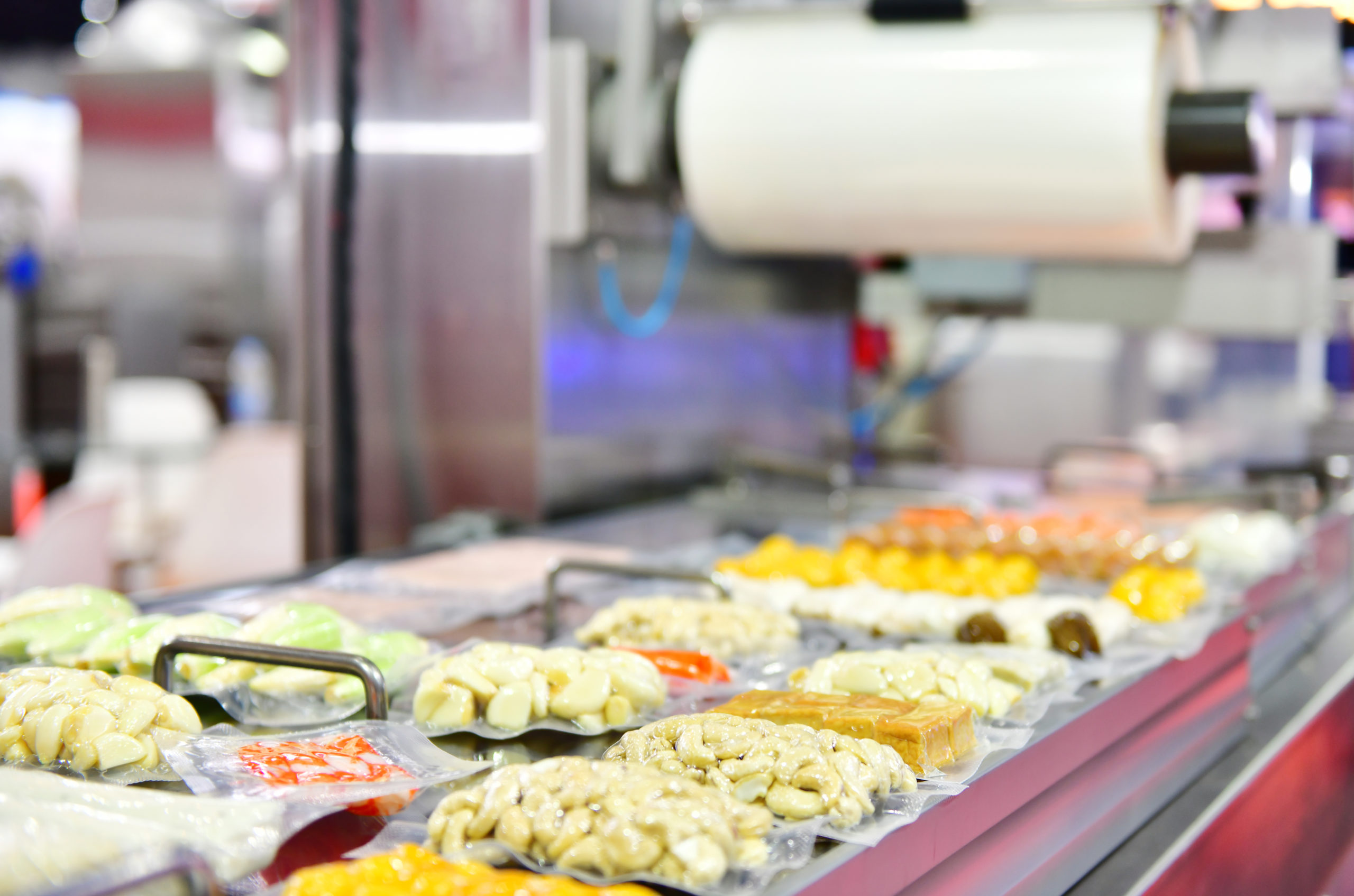
The Three Main Trends
of Food Safety
in 2020
These Are the Three Food Safety Trends of 2020 That You Should Know
In the last decades, food safety regulations and standards have been the main drivers for new trends in the food industry. However, this is now changing; consumers have more influence on the hottest trends in many industries, and food industry is no exception.
Now, consumers have the highest expectations when it comes to the production methods and quality of the food, but also for packaging and other features of the product. They are not afraid to walk away if these expectations are not met.
Nowadays, bad news and the followed media coverage can spread like wildfire through social media and Internet, making it even harder to do damage control afterwards. Issuing a product recall has even greater impact on the food brand’s reputation and business today compared to the past. This is only one of the many reasons why food producers need to ensure that their production lines utilize the latest technologies and methods to proactively avoid any incidents.
In this blog, we will present three main trends that will affect how food producers do food safety in 2020.

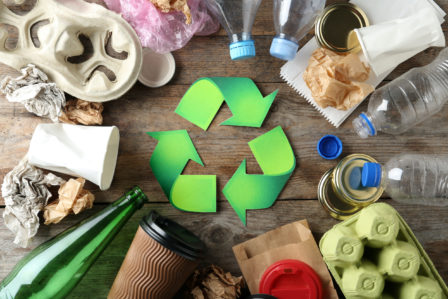
Sustainability – Less Waste with Primary Packaging Inspection
Sustainability is a trending theme in many industries. In the food industry, it can include multiple factors, such as sustainable products, ingredients, packaging, and production methods. When it comes to food safety and quality control, sustainability can be achieved by inspecting primary packaged products.
In bulk production, a lot of good quality product flow gets discarded at the same time when the contaminated part of the product flow gets rejected and removed the production.
In secondary packaging, an even greater number of products and their packaging materials are removed from the production to be re-worked or in the worst case directly discarded.
And on top of that, neither of these inspection methods enables the control of otherwise non-conforming individual packaged products besides the foreign contaminant detection.
In primary packaging, the inspection system can be set to detect even smaller foreign objects within the products and decrease the number of false rejects, thanks to more constant and invariable product flow. All of this leading to the lowest amount of waste in food production.
When it comes to food waste, sustainable and recyclable packaging materials have also become a trend that food producers everywhere are focusing on. X-ray quality control gives food producers the flexibility to change or try new packaging materials without limiting the functionality of the Critical Control Point.
Food producers are and should be paying attention to the production waste and how to reduce that in every step of the way. Primary packaging inspection is a step closer to a sustainable and wasteless production process.
Traceability & Transparency – Ensured with X-ray Inspection
In a survey conducted by qualityassurancemag.com, only 68% of the consumers responded that they are confident in the food safety supply but wish to learn more about where their food comes from and how it is produced. This means that one-third of the consumers are not confident in the food safety supply, which is alarming. This and many scandals in the past have accelerated the push for transparency and better traceability in the food production chain.
In food safety and quality control, only X-ray inspection can offer full traceability for the final and sealed products. Food producers are able to avoid quality issues and foreign object contaminations and be able to track individual products and complete production batches.
This helps the producers to eliminate possible contaminations but also improve their production process.
By having images of individual delivered food products makes it easier to respond to quality reclamations. This also assures that the delivered goods are safe to consume when leaving the production facility.
This technology can also be used to differentiate your food brand from others by promoting to have transparency and traceability at the highest possible level and building a trustworthy food brand.
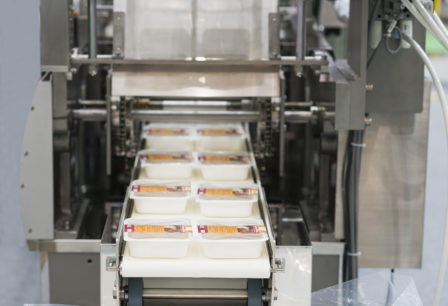
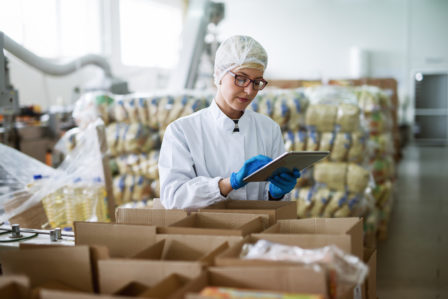
Digitalization – Self-monitoring Critical Control Point
During recent years, reporting tools have gradually developed from paper checklists to automated digital reports that allow food producers to monitor and control every aspect of their production process. However, these reporting tools are only one part of the digitalization of the food industry.
Nowadays, food inspection systems are more often equipped with various sensors, that check the system and its functionalities, making it a truly independent and self-monitoring Critical Control Point. The sensors keep track of the operational reliability of rejections, trouble-free production flow, and system safety in all scenarios. Equipping your food inspection system with the latest add-ons sensors, you can increase the automation of food production and eliminate possible human errors.
In the future, food inspection systems rely more and more on service and maintenance through a remote connection which will further increase the self-monitoring aspect of food inspection systems and provide food producers better usability, faster response time and proactive timing of service.
